Communication Theories, Principles, and Models in Education: A Report
VerifiedAdded on 2023/01/12
|15
|992
|83
Report
AI Summary
This report provides a detailed analysis of various communication theories, principles, and models and their application in an educational context. The report begins with an introduction to communication and its importance, followed by an in-depth examination of key theories such as Piaget's developmental stages and operant conditioning. It also explores principles like the 7 C's of Communication and constructivism, and models including the Shannon and Weaver model and Johari's Window. The core of the report focuses on how these theories, principles, and models can be effectively applied to teaching, learning, and assessment processes within an educational setting. Examples are provided for each theory or model, illustrating practical applications in the classroom. The conclusion summarizes the importance of communication in enhancing knowledge transfer and effective learning outcomes, emphasizing the need for educators to understand and implement these concepts. The report also includes a list of references for further reading.
1 out of 15
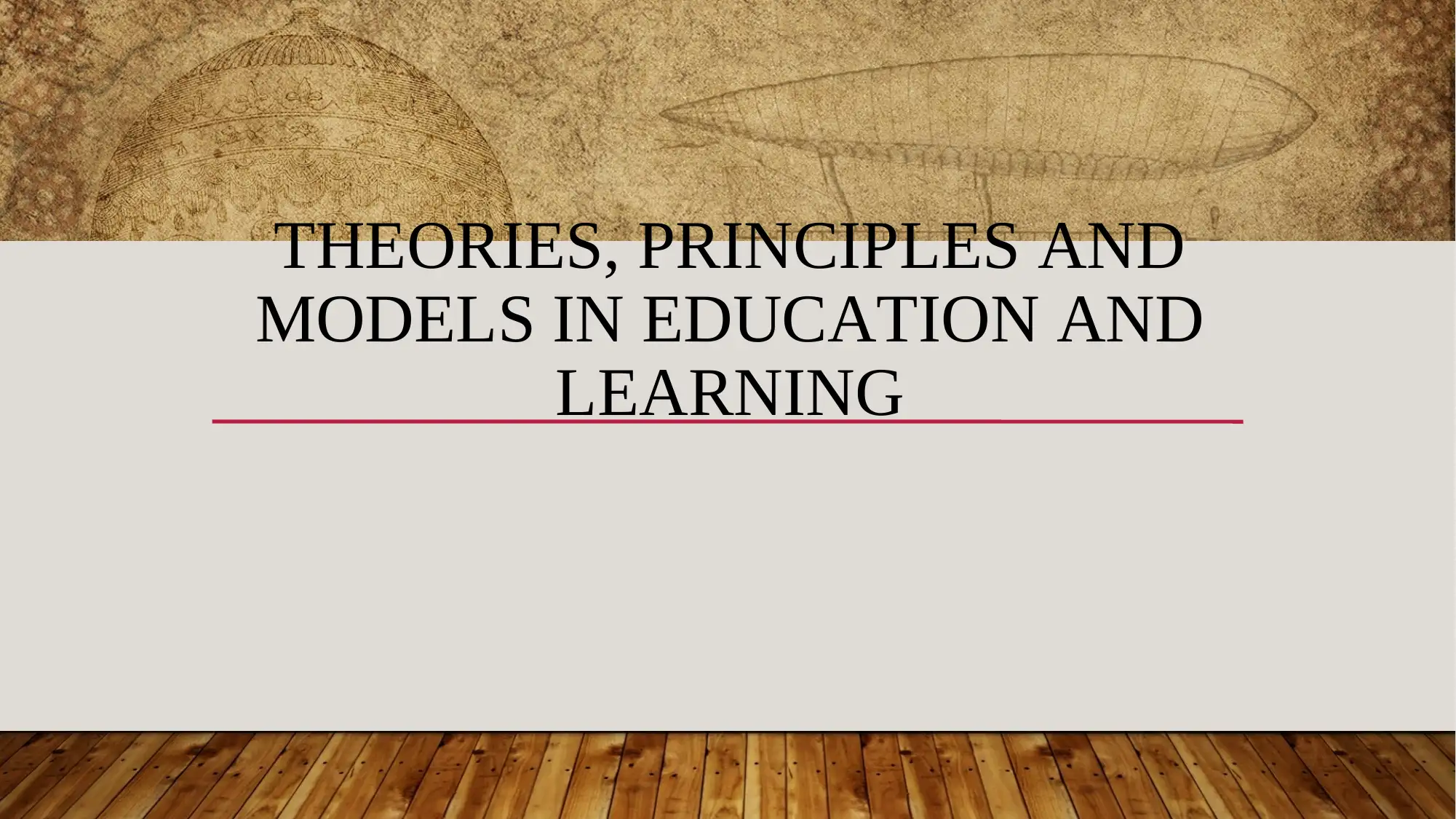
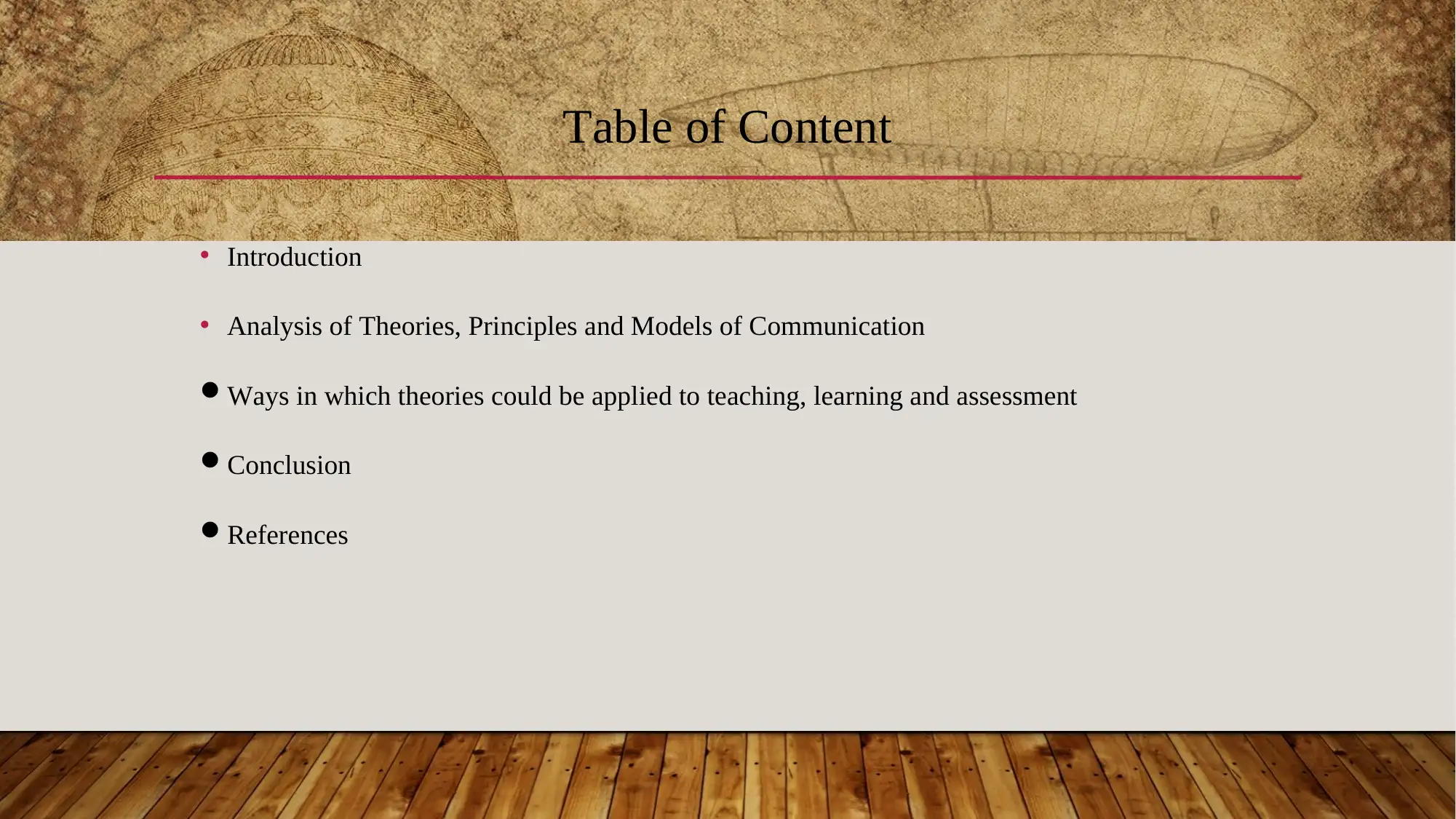
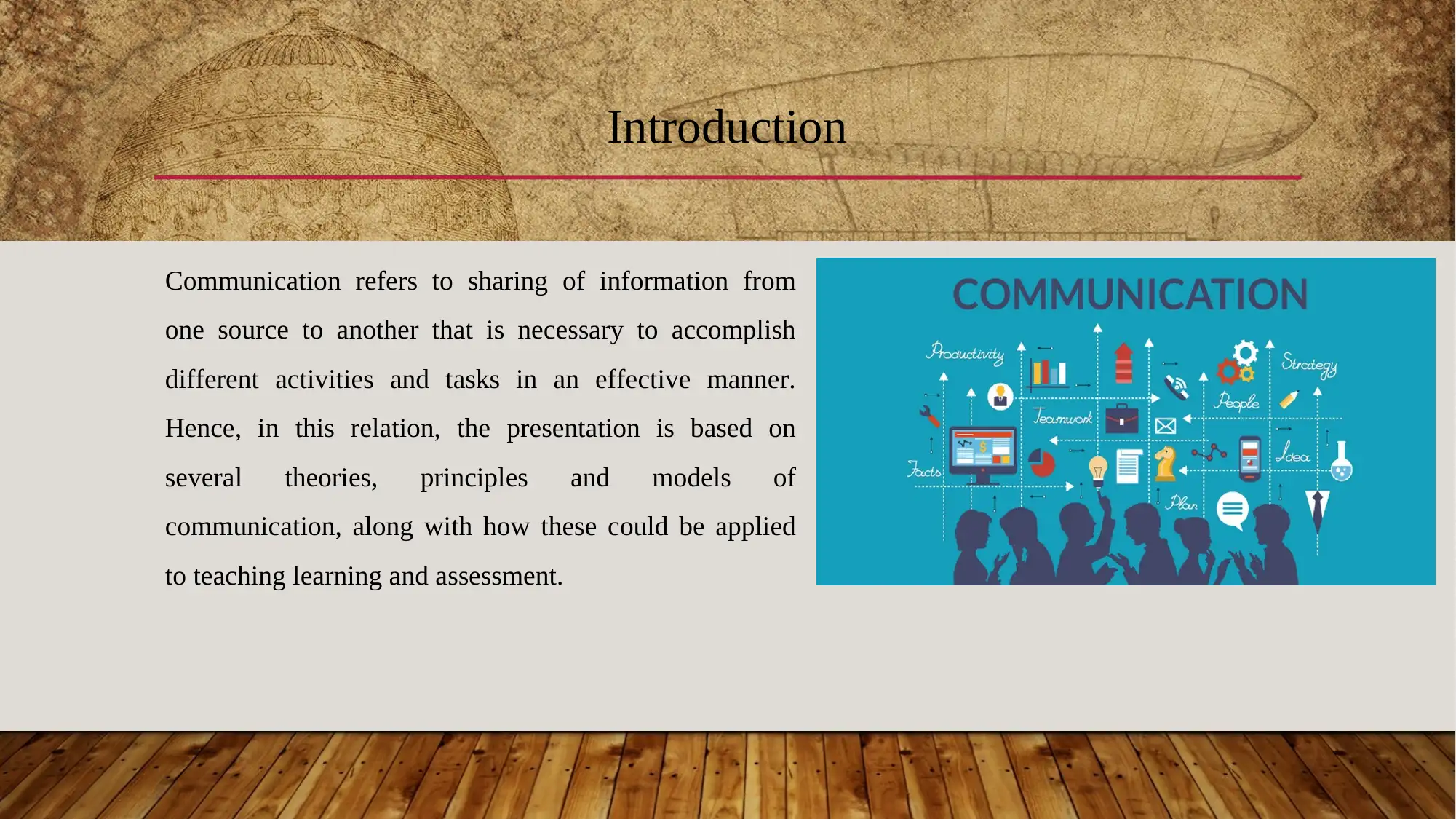

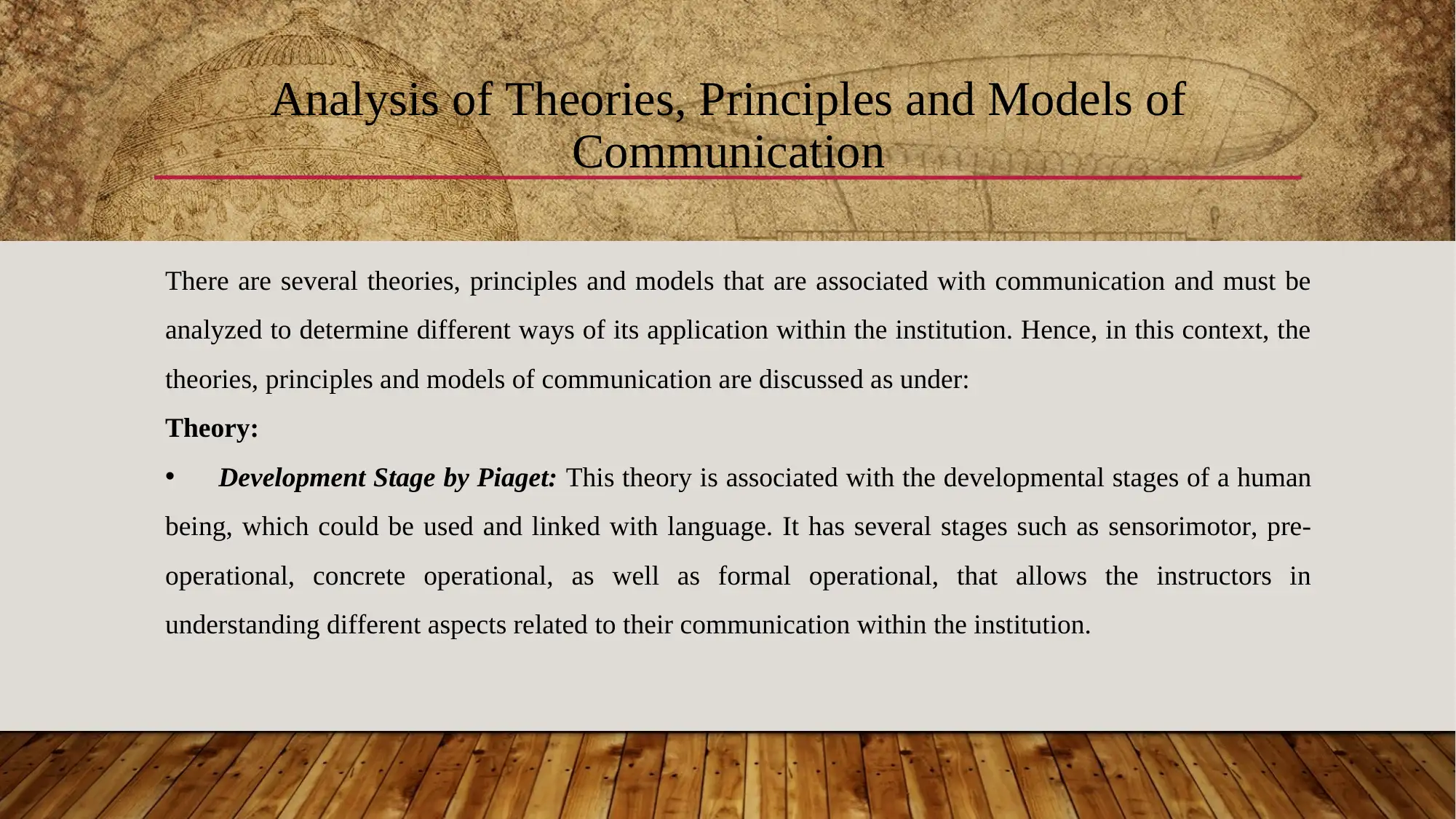
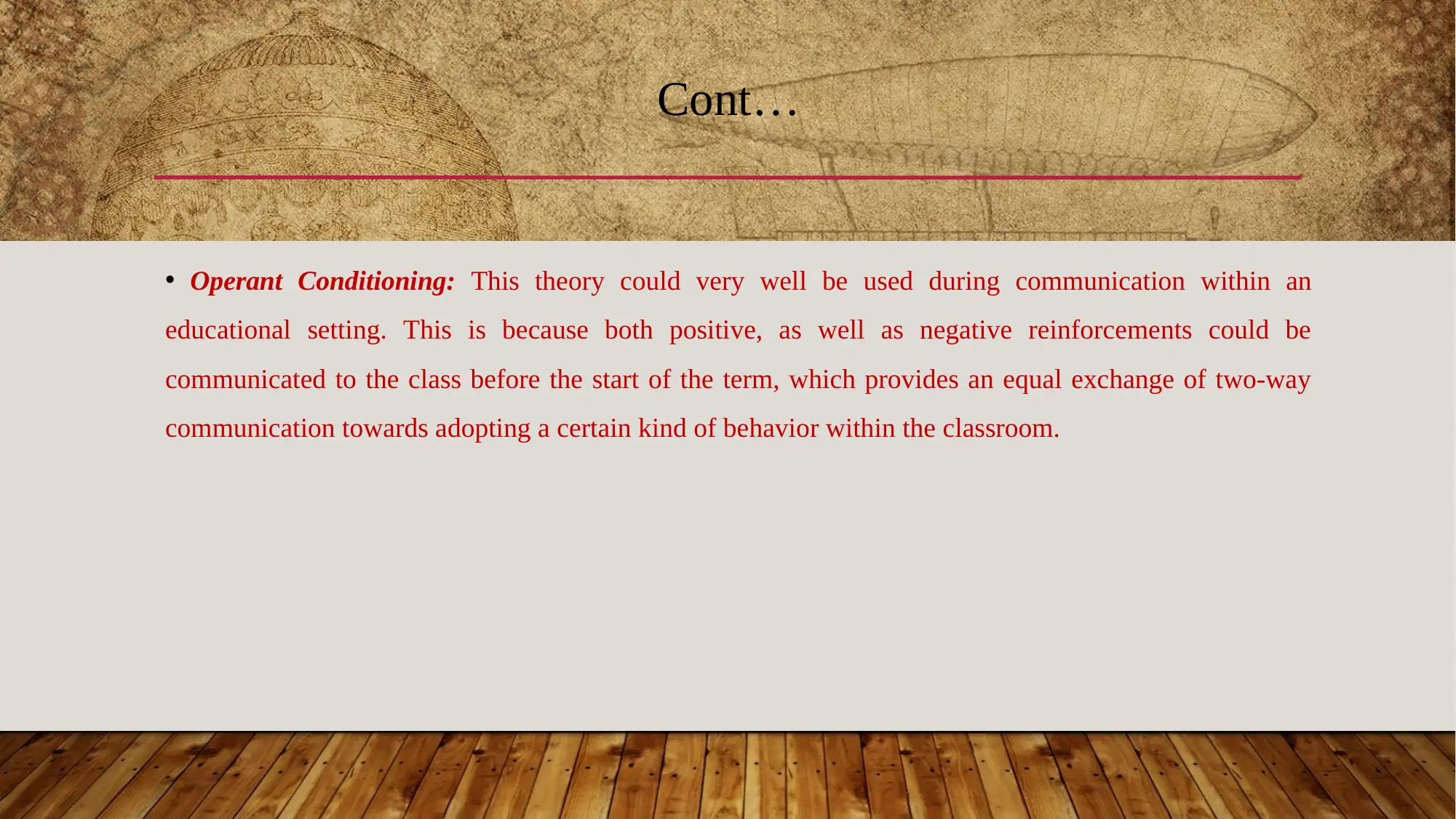
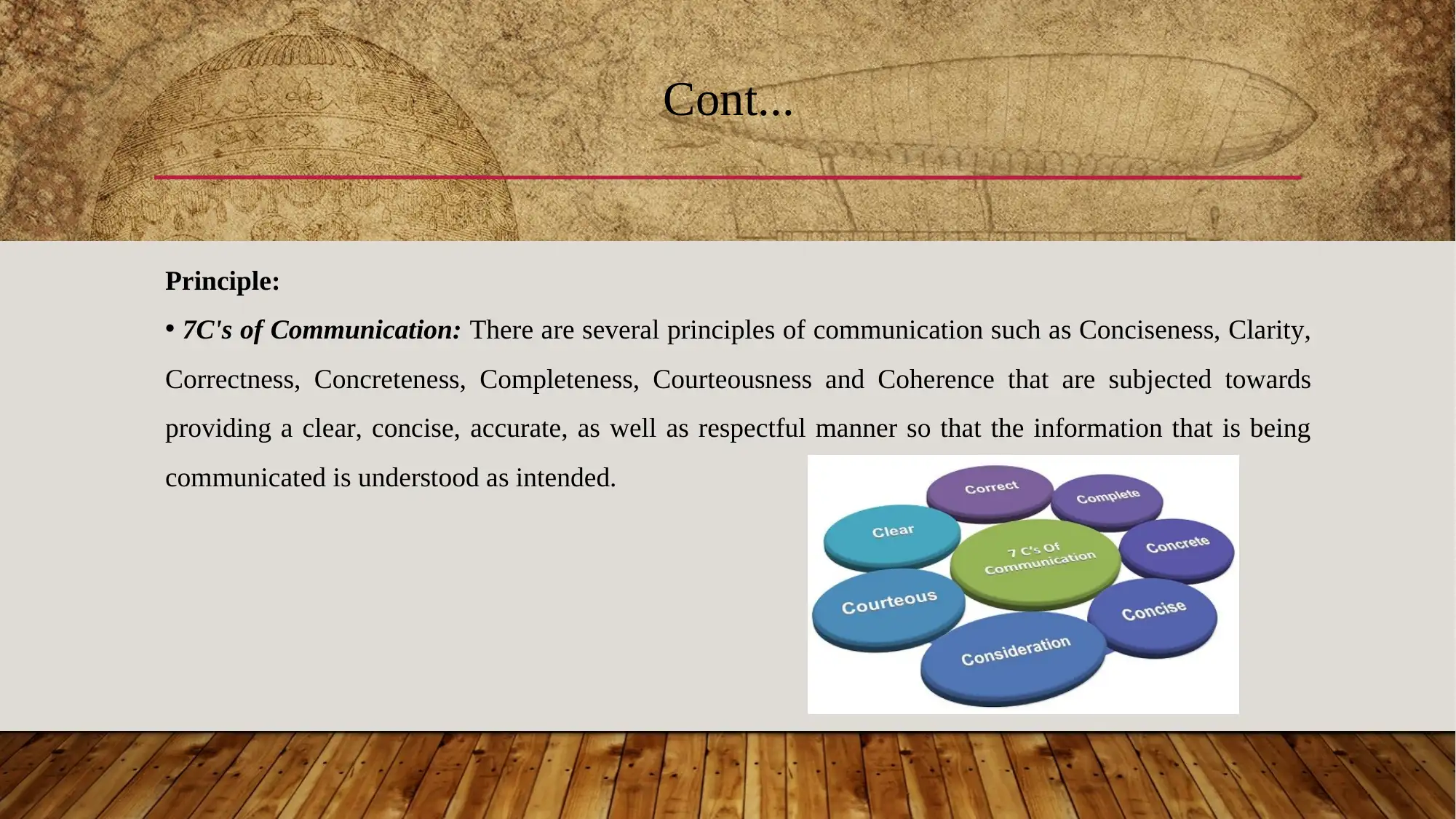
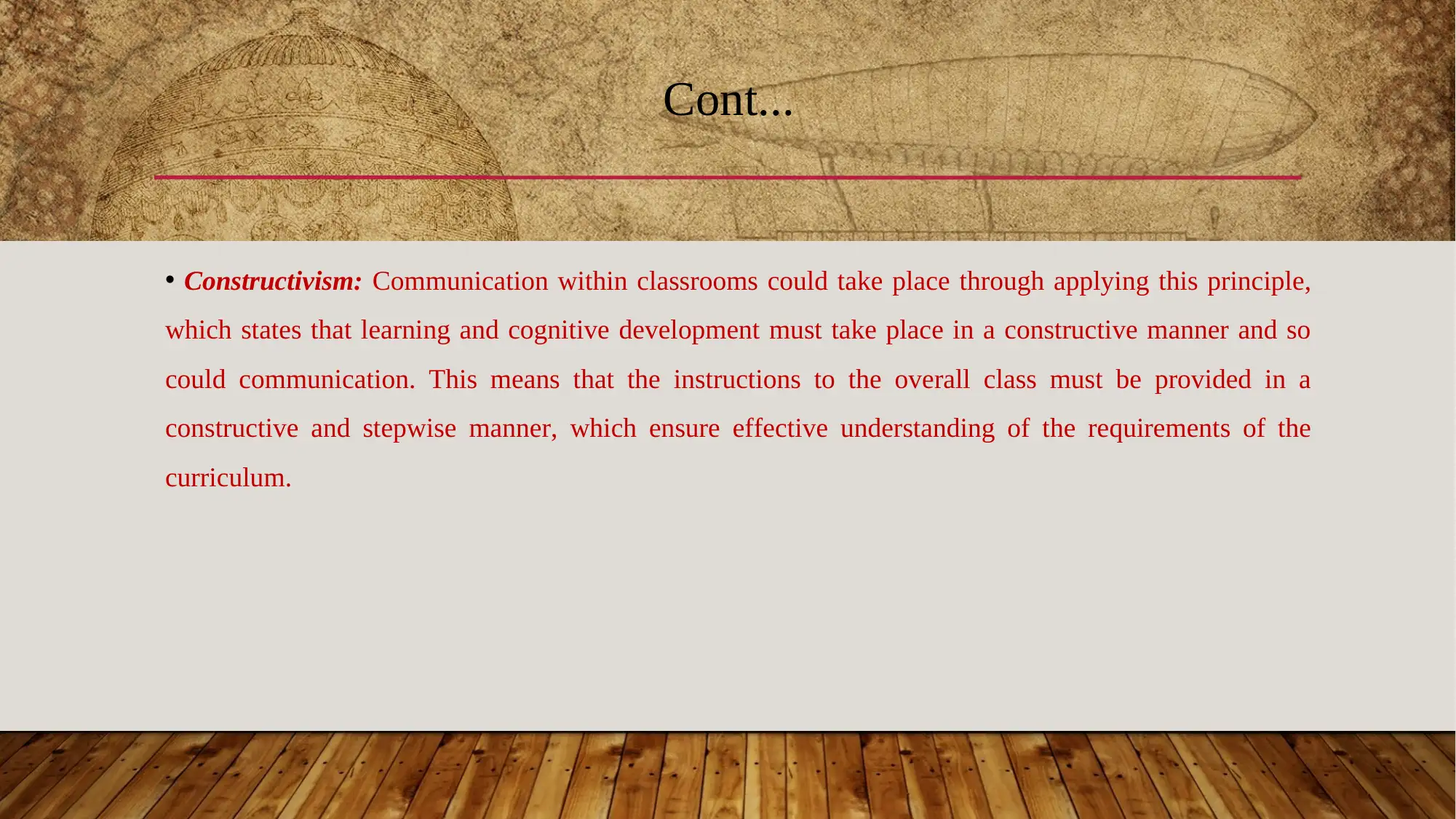
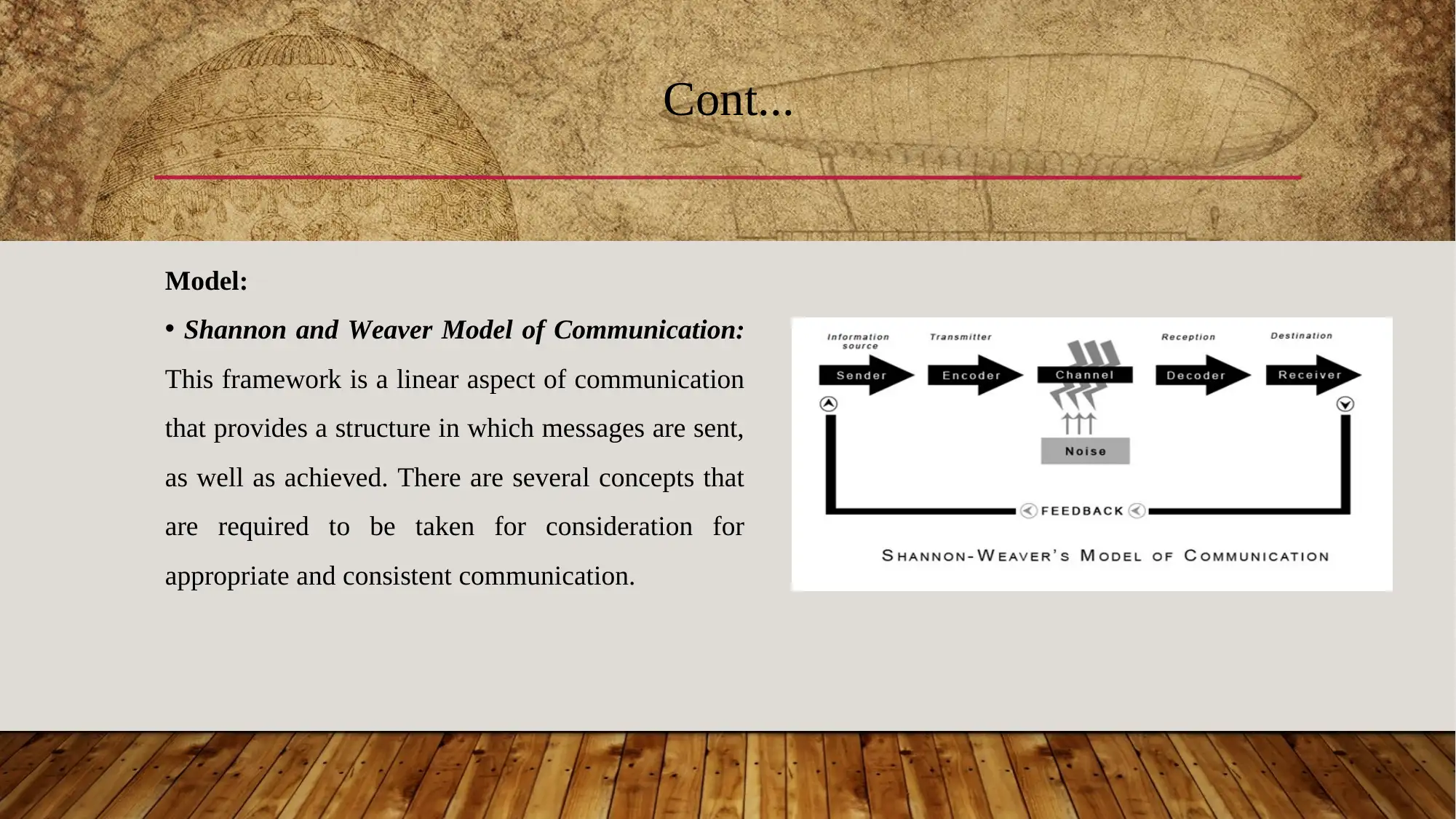
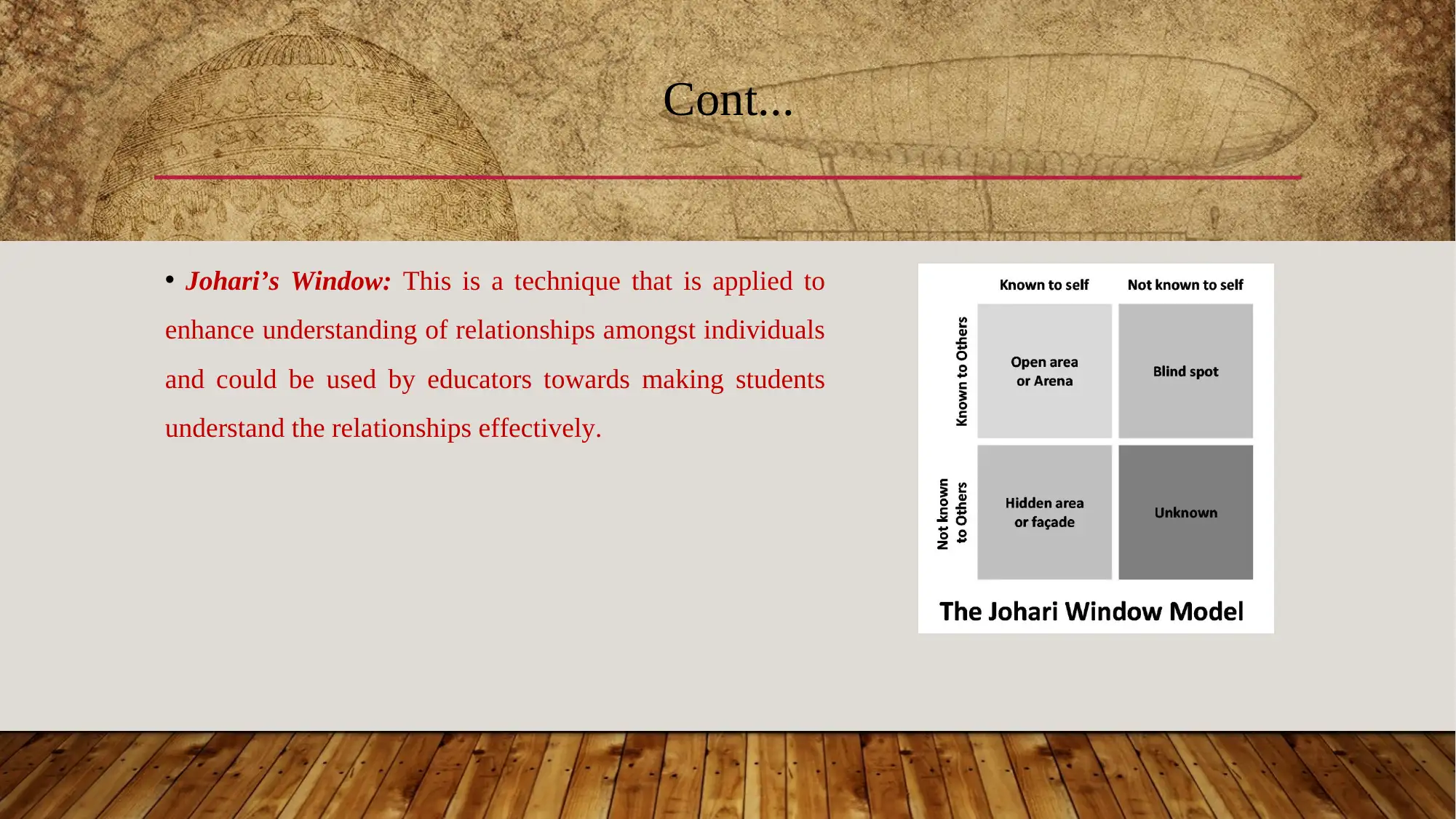
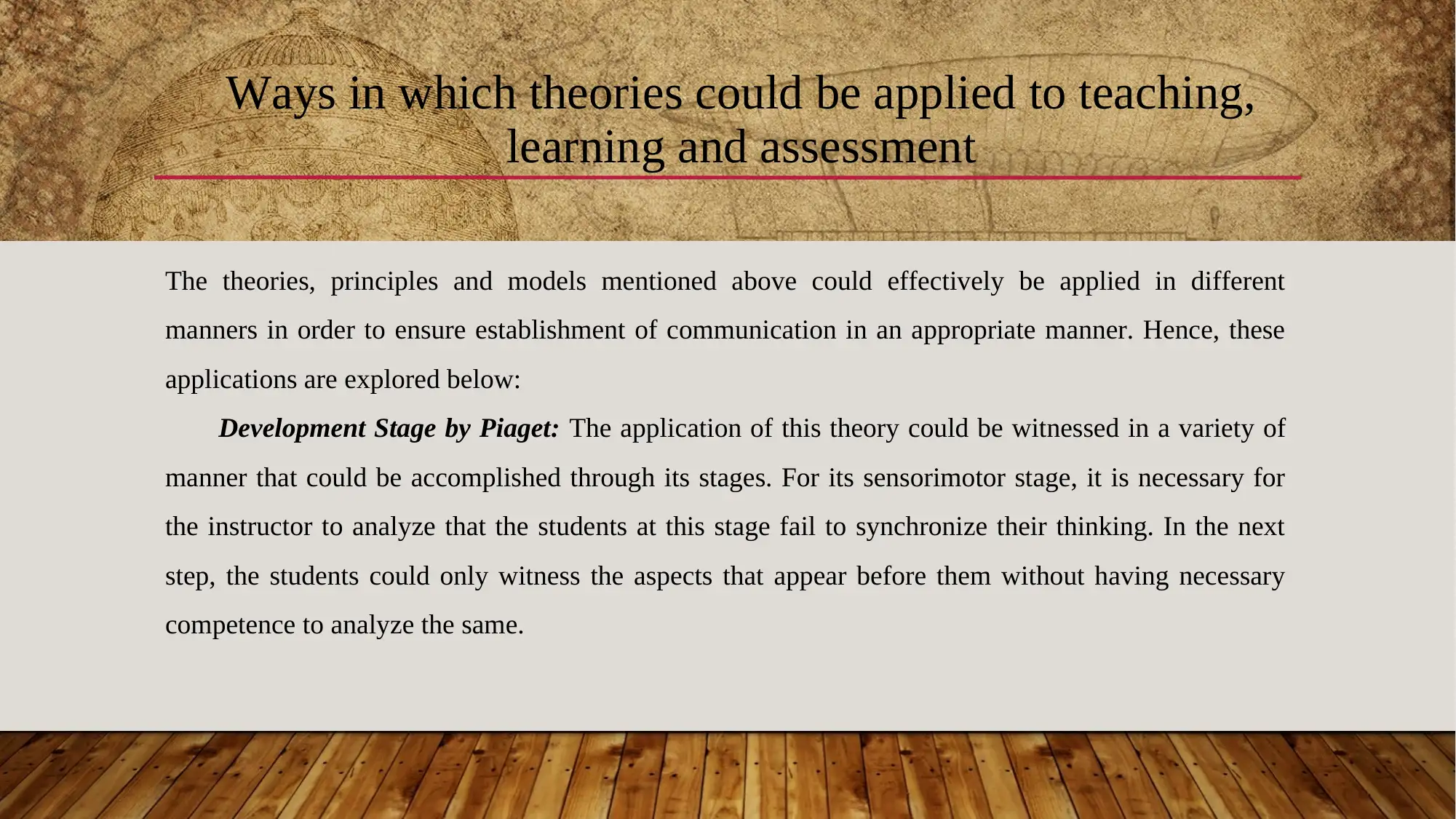
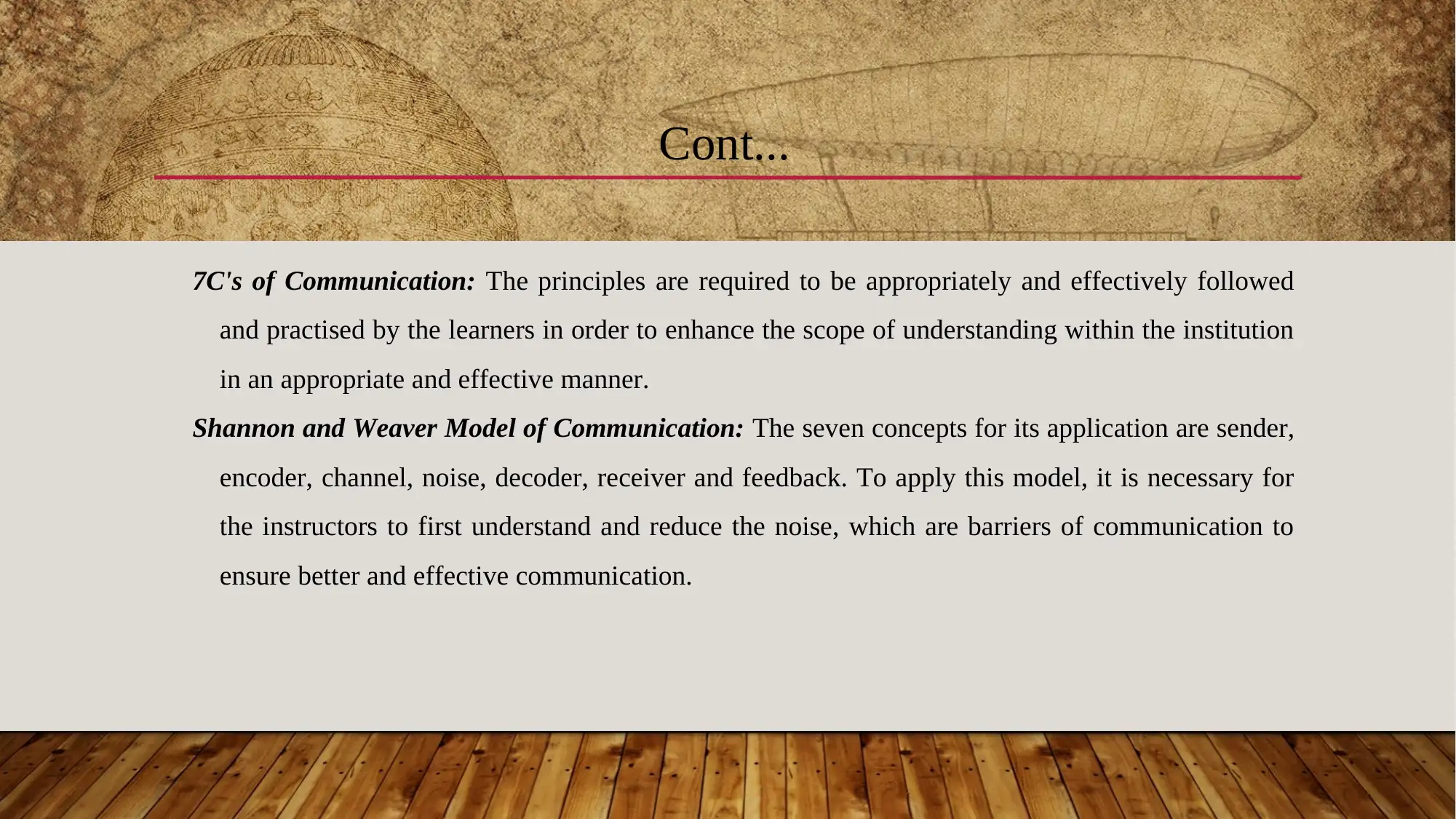
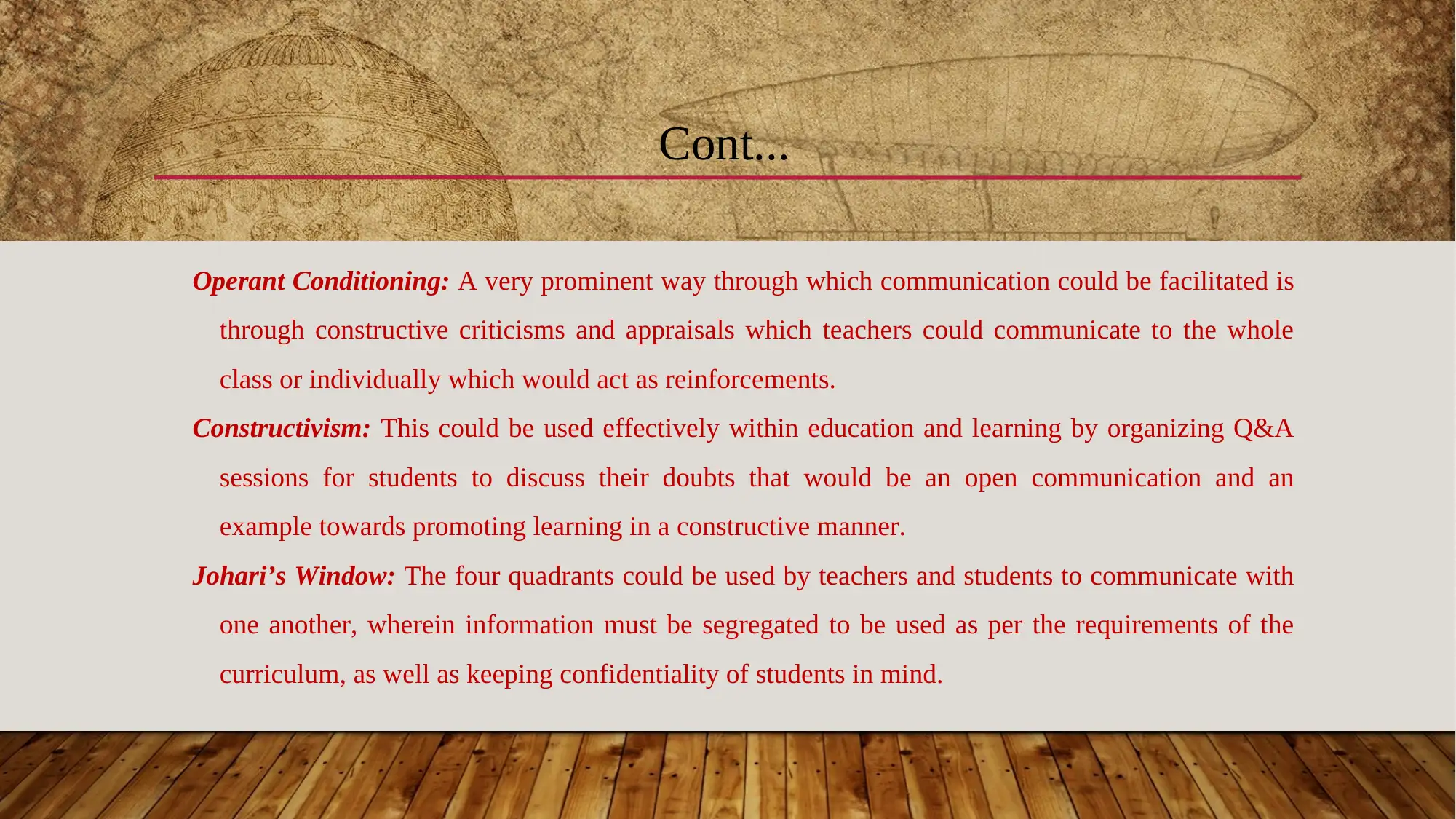




![[object Object]](/_next/static/media/star-bottom.7253800d.svg)